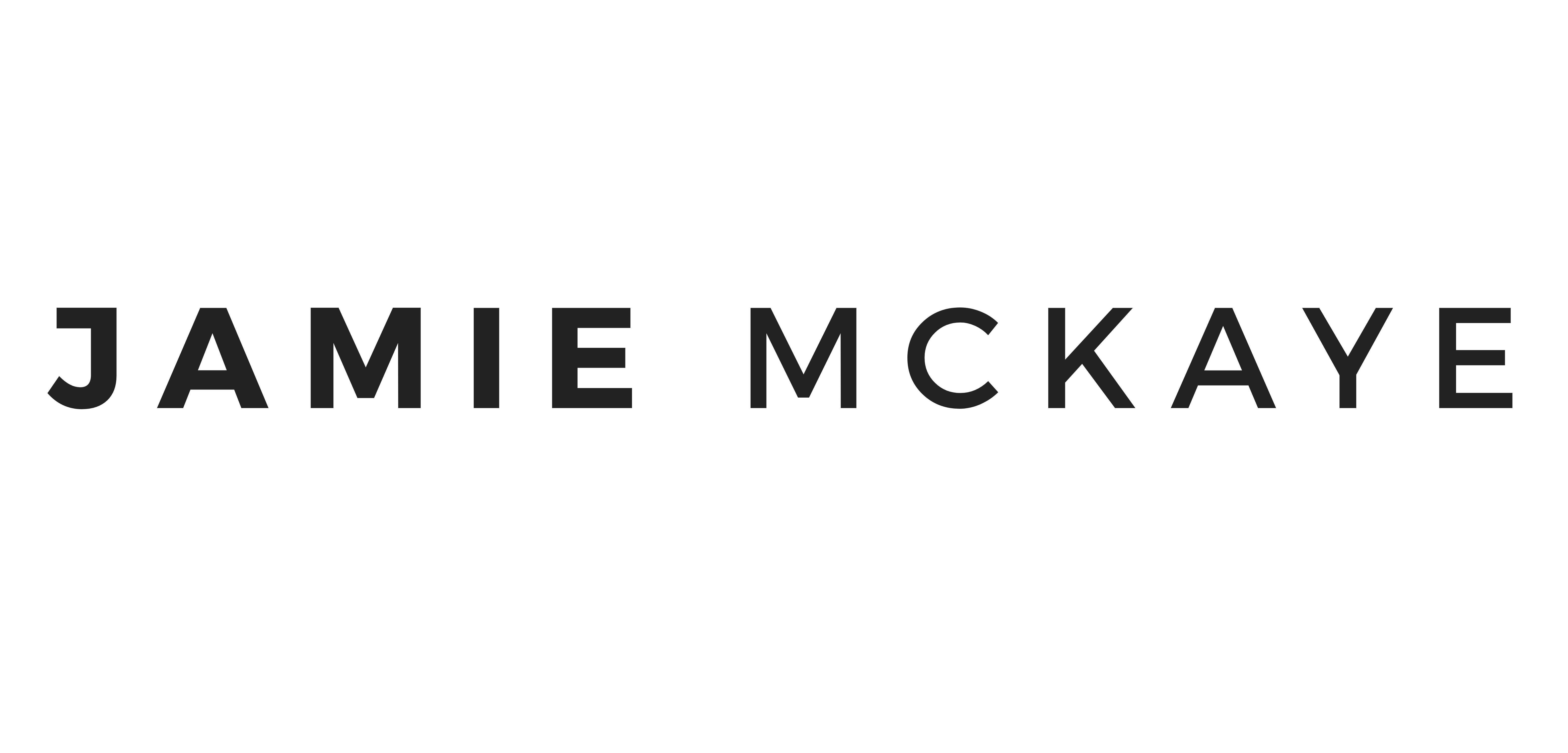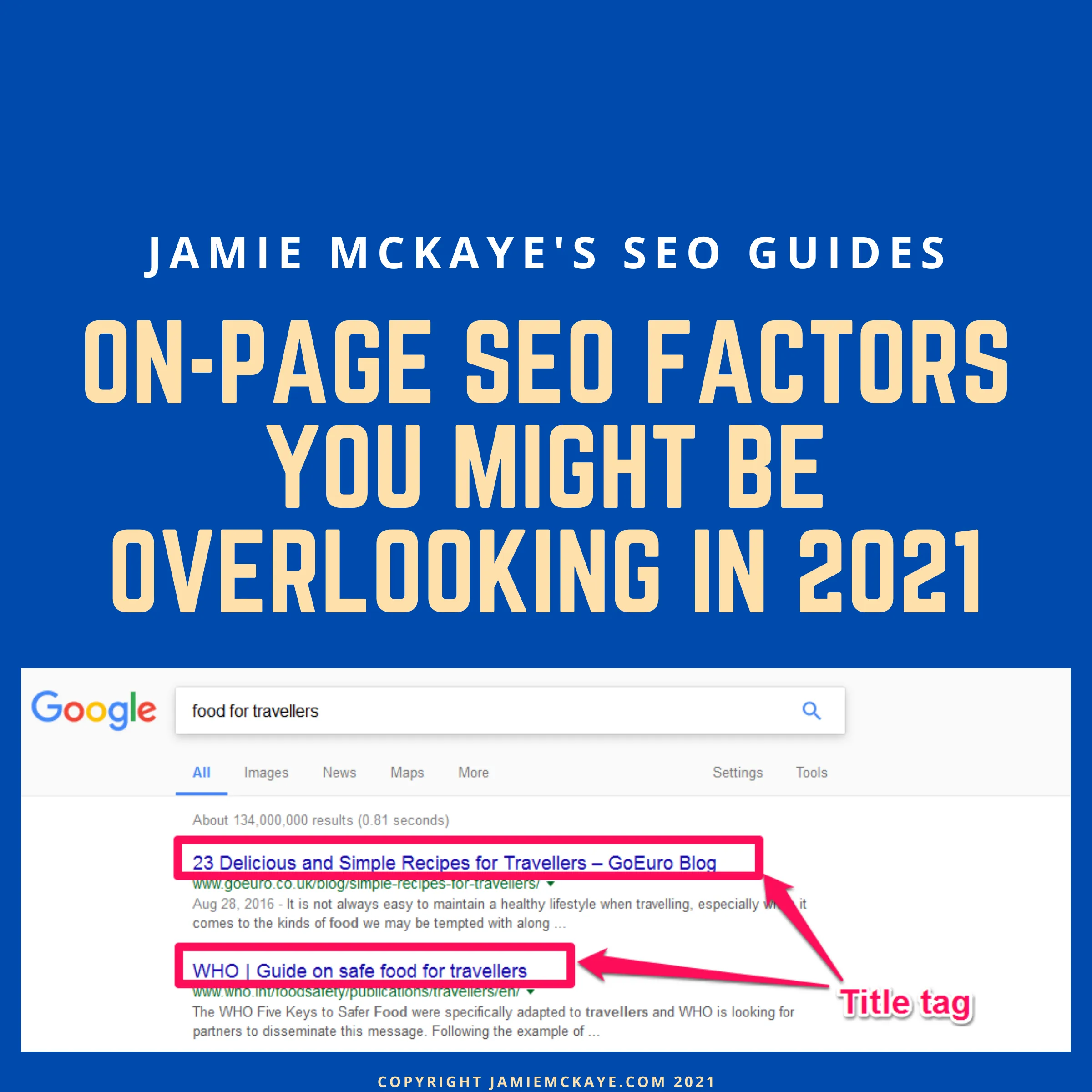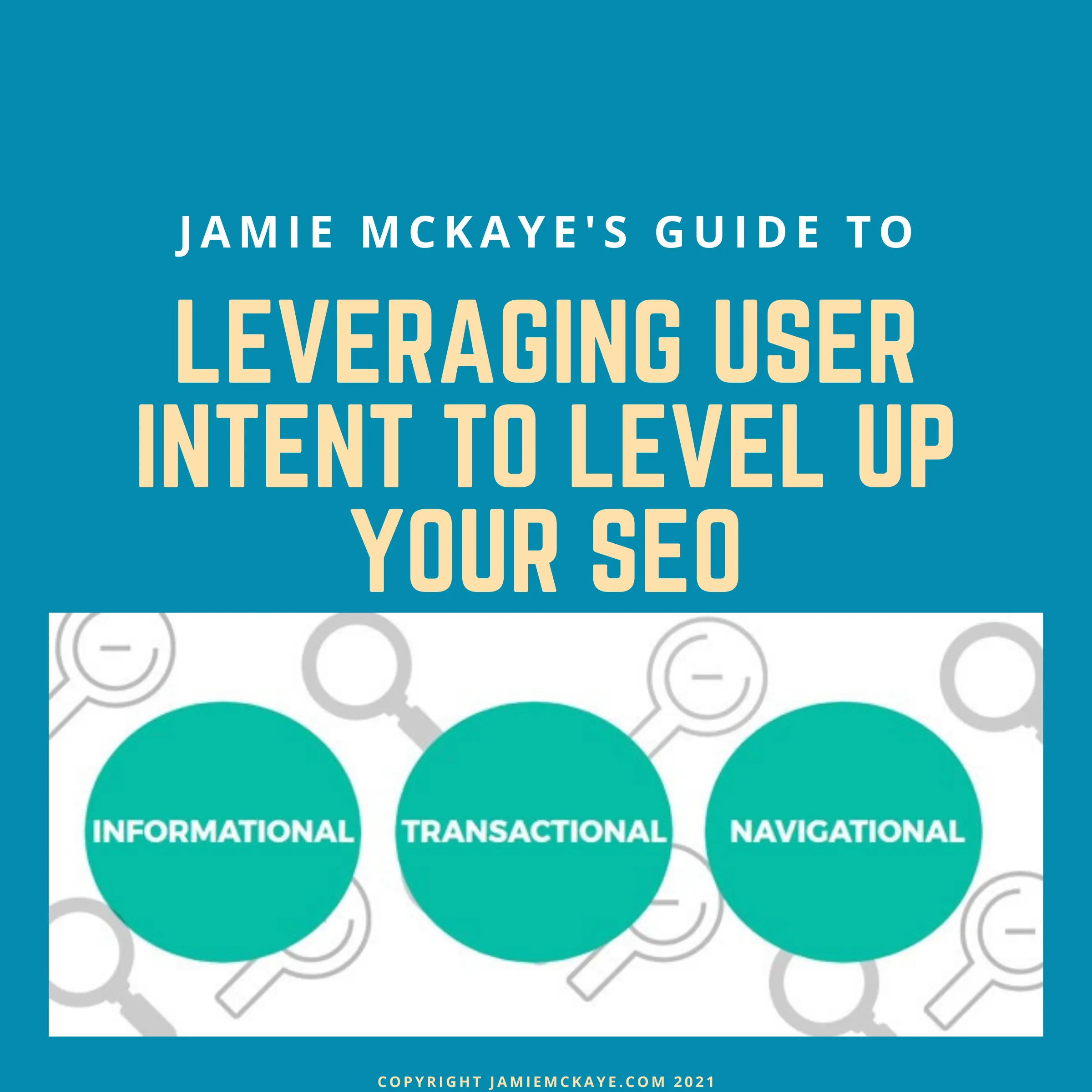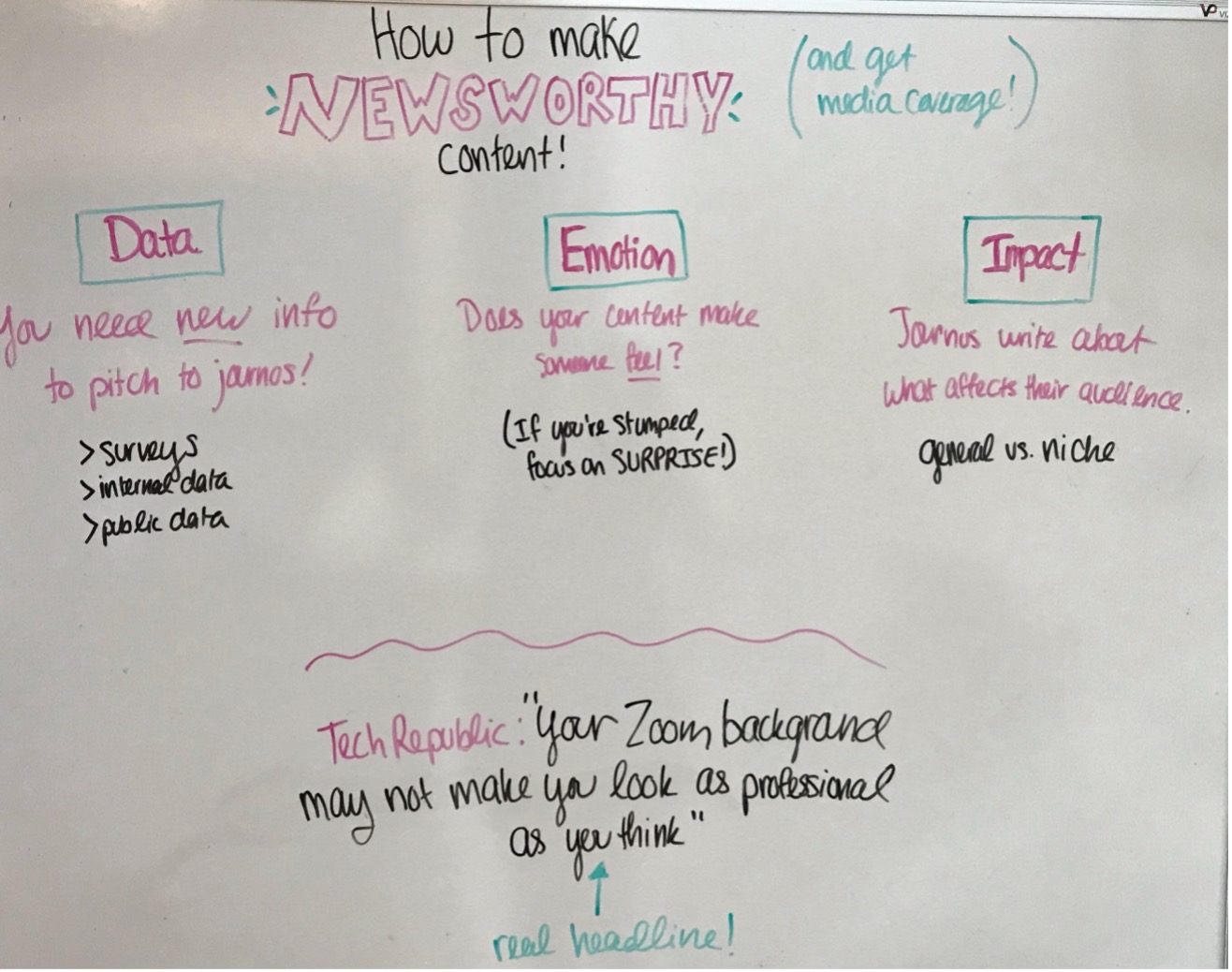Things to Check if Your Content is Underperforming

Why is on-page SEO an essential factor for content that performs well, and if you are tasked with optimising and improving rankings for underperforming content, where should you start?
On-page SEO, much like the rest of the SEO landscape is in a state of constant evolution. That means the need for comprehensive SEO strategies that go beyond meta descriptions and titles are needed for long-term success.
In an ideal world, we’d all have the time and budget to give on-page SEO the attention it deserves, but many don’t.
Prioritising your efforts to deliver quick wins and tweaking on-page elements for better rankings is for many, the perfect path forwards.
What Are The Two Main On-Page SEO Elements?
The first element of on-page SEO, as many might expect, is the content itself.
Content
This encompasses the written word, but visual and video content too, all geared towards delivering value for your audience.
If the content fails to have clear, defined focus then the best opportunity you’ll have to give your audience the information they need is wasted.
Research and make good use of keywords, there is no other way to create relevant content that meets needs.
The other important element is HTML.
HTML
The HTML element works behind the scenes, playing a pivotal role in telling Google and other engines all about your page and how to treat it in search results.
Meta descriptions, title tags and image alt-text, as well as the HTML elements that render the page itself all fall under this umbrella. If they’re not used correctly, even the best content can all be for nothing.
So how do you make it all count? There are a number of ways but there are also some basic elements that every page should have to ensure they are optimised for search engines.
Written Content
It’s the first element that many look at, and the most obvious. Written content however, is written for different reasons.
- To convert an audience into paying customers
- To offer help and advice
- To share news
- To entertain
Providing value in each of those areas needs a clear focus and an understanding of what your audience is looking for when they arrive on your page. Keyword research is a vital part of that, as are HTML subheadings, expertise, authoritativeness and trustworthiness.
Here is an in-depth actionable guide to SEO and Content.
Page URLs
Page URL is an essential aspect of both the user experience and general SEO. Every page generates a unique URL and taking the time to ensure it contains the right keywords is a must.
However, it should be done in a way that makes sense to your audience, so if they are looking for a product or service include it, but in a way that is short, easy to remember and to the point.
- Easy for your searchers and easy for search engines to understand.
Title Tags
This is one of the main ways search engines determine what your content is about.
Title tags should be focused on the keyword your page is targeting because we know it is a ranking factor. Doing so won’t just make your page easier to find, it will also help it climb the search results.
There is an art to writing the perfect title tag, read all about it here.
External & Internal Links
External links point your audience to content outside your website, internal links to content elsewhere on your website.
External links can build trust if the link is reputable and valuable, internal links can easily direct an audience to a product or service, while helping search engines understand a page’s context and how it relates to others on your website.
You can read more about internal linking for SEO here.
Alt Text for Images
The visual aspects of a page are vital.
That makes video and image alt-text just as important. Viewers might not see them on a well-crafted website but they are there behind the visual element. If a video or image fails to load correctly, that alt-text will tell your viewer what it was you were trying to show them.
For accessibility, this is an important factor, it is also important for search engines to index your visual elements for users who, more and more are performing image and video searches instead of standard Google searches.
Learn more about alt-text and how to get it right first time here.
On-page SEO is a Continuous Process
Not everyone has the time or budget to undertake regular site audits, but with the right support and a firm grasp of the basics you can make sure your on-page SEO gets better and keeps heading in the right direction, thanks to a site that will generate conversions and high quality leads.
Need help? Contact me





Comments